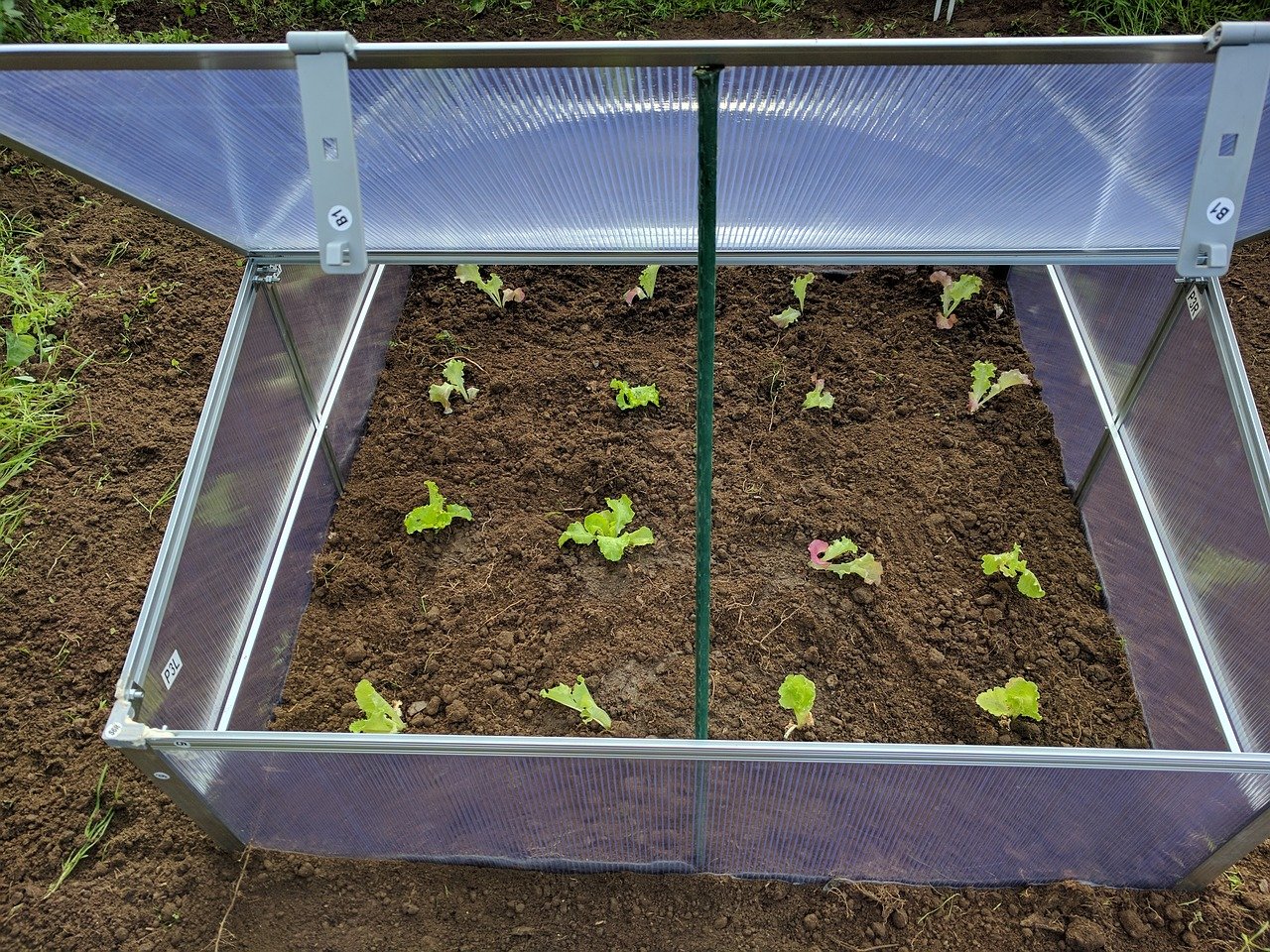You only need two factors to know how to use grow light in a small greenhouse, identifying the correct color and the type of light. With the extensive list of grow light available in the market, it can be overwhelming to understand how to use one. Therefore, learning these two factors first should make it easier to know the proper usage of a grow light in a small greenhouse.
The regular check-up of the indoor conditions is necessary to maintain a small greenhouse. Failure to provide the optimal conditions indoors will affect your plants’ growth, health, and productivity. If the small greenhouse has inadequate light, plants won’t manufacture carbohydrates and have their energy reserves lost.

Much like maintaining a regular greenhouse, do not make the mistake of overlooking the usage of grow light in a small greenhouse. They may have a smaller size, but the plants’ requirements growing inside are still the same.
Comprehensive Guide On How To Use Grow Light In A Small Greenhouse
The correct color
One of the most confusing aspects when using a grow light is knowing what color to use in the greenhouse. There is no difference with the correct color to use, whether you’re using a small or regular greenhouse. The bottom line is that you want lights with wavelengths of red and blue.
Red and blue
The grow lights in the greenhouse may seem white to the naked eye, but they have wavelengths. Red and blue lights are best for grow lights because they affect how the plants synthesize nutrients. Therefore, they are responsible for energy and growth.
Choose lights that manufacturers label as balanced, full-spectrum, or natural.
High spectrum vs low spectrum
Additionally, some grow lights may have numbers indicating 400K or 2700K. Use this as your guide where the higher the number, the colder the light. This is why most gardeners who use grow light to encourage foliage choose 6500K.
On the other hand, your plants will also need a warm grow light at 3000K if you’re focusing on fruit production. Keeping this in mind, you can start with high spectrum lights for producing seedlings. Afterward, use low spectrum bulbs to help with flowering and fruiting.
The type of light
Incandescent
The most inexpensive light that you can use in the small greenhouse is incandescent. However, they get hot fast, so you have to ensure a safe distance around 24 inches away from the plants. Besides being cheap, incandescent bulbs are also easy to install.
However, they have a short lifespan compared to others and replacement will be more often.
Fluorescent
The University of Missouri Extension mentioned that fluorescent lights are one of the best options for indoor usage. For starters, this type is more energy-efficient and long-lasting compared to incandescent. You would also be less worried about the heat they produce, and you can choose from sizes and shapes suitable for a small greenhouse.
Fluorescent bulbs give off blue light, but there are also full-spectrum lights, ideal for a grow light.
HID
You can differentiate high-intensity discharge lights into high-pressure sodium and metal halide, and they make the best supplementary lights. High-pressure sodium lights emit red, which is best for budding and flowering. On the other hand, metal halide is a blue-colored light that is useful to encourage growth.
These lights are also energy-efficient and long-live, but they are best for large scale greenhouses than small ones. They have large fixtures, and it’s hard to find lights of this type in small wattage. Additionally, they emit heat, so positioning them in a small greenhouse is tricky.
LED
The most comfortable and perhaps the top pick grow light in a small greenhouse is LED. Unlike the HID, LED lights are small, lightweight, and easy to install, making them ideal for a mini greenhouse. They are also long-lasting without the danger of heat, and you can choose from different spectrums.
How to use a grow light
After understanding the two crucial factors, you can easily use a grow light in a small greenhouse with confidence. Start by knowing when to use a grow light, which depends on your plants’ specific requirements. Afterward, design the set-up for the grow lights to be at a safe distance from the plants.
In general, you can have the lights 5 feet away from the plant, but you can adjust this depending on the need of the specific species. If you want to save time and effort, you can also install a switch for the grow lights. Some can utilize a timer, but others even allow connection to your phone.
Over time and as the plants grow, remember that repositioning the lights will be necessary. You might even need to change the spectrum and the duration of usage of the lights.
Conclusion
Light is a crucial factor for plants’ growth and health, so greenhouse growers must provide the optimal lighting conditions indoors. You can quickly learn how to use grow light in a small greenhouse or for any greenhouse in that matter by considering the color and type of light.
Once you understand the importance of spectrums and differences among light types, you can go on with the grow lights’ set-up. Put them at a safe distance and adjust according to the requirements of the plant.
